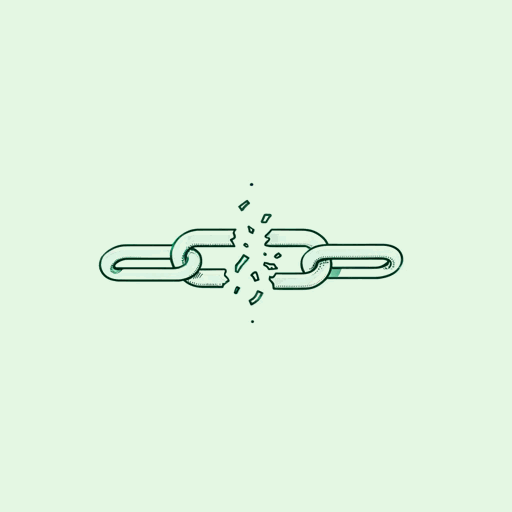76 pages • 2 hours read
Patrick Radden KeefeEmpire of Pain: The Secret History of the Sackler Dynasty
Nonfiction | Biography | Adult | Published in 2021A modern alternative to SparkNotes and CliffsNotes, SuperSummary offers high-quality Study Guides with detailed chapter summaries and analysis of major themes, characters, and more.
Book 2, Chapters 14-16Chapter Summaries & Analyses
Book 2, “Dynasty”
Book 2, Chapter 14 Summary: “The Ticking Clock”
Patents are a key source of profits for most pharmaceutical companies. The US patent system guarantees drug companies exclusive sales and production rights for a limited period—an exclusivity window that incentivizes profiting as much as possible quickly from a new product. After patents expire, generic versions of the same drug can replace them. Arthur Sackler so resented this practice he published articles about generics being more dangerous in his newspaper, the Medical Tribune.
The development of MS Contin, and Richard Sackler’s new interest in pain medicine, coincided with changes in the medical profession more generally: Doctors no longer saw “pain merely as a symptom of underlying condition and not as an affliction which merited serious clinical attention itself” (175). In 1984, to counter old anxieties about morphine’s addictive properties, Purdue organized and financed a conference, continuing Arthur Sackler’s habit of close and ethically dubious connection between medicine and pharmaceutical companies. The conference was a “carefully orchestrated exercise in validation” (177); it featured doctor speakers who insisted morphine should be the new standard for chronic pain treatment.
Related Titles
By Patrick Radden Keefe
Featured Collections
Addiction
View Collection
Art
View Collection
Books on Justice & Injustice
View Collection
Books on U.S. History
View Collection
Brothers & Sisters
View Collection
Business & Economics
View Collection
Challenging Authority
View Collection
Class
View Collection
Class
View Collection
Health & Medicine
View Collection
Loyalty & Betrayal
View Collection
New York Times Best Sellers
View Collection
Politics & Government
View Collection
Popular Study Guides
View Collection
Power
View Collection
The Best of "Best Book" Lists
View Collection
True Crime & Legal
View Collection
Trust & Doubt
View Collection



